Near-range Strong Coupled Signal Suppression Algorithm Based on RPCA for GBSAR
-
摘要:
地基合成孔径雷达(GBSAR)是一种全天时全天候非接触式大面积区域高精度形变监测手段,在矿区、边坡、大坝等区域的监测具有广泛应用。在封闭空间监测站中对外场进行连续监测时,雷达接收的回波信号会受到封闭空间的强散射信号干扰。近距离强散射信号耦合到雷达接收端形成虚假目标,严重影响成像质量。该文提出使用RPCA算法,在距离多普勒域将回波信号分解为低秩和稀疏两部分,利用距离多普勒域耦合信号的低秩特性,以及场景信号的稀疏特性,将耦合信号与场景信号有效分离。不同于基于PCA的已有耦合信号抑制方法,RPCA对场景回波信号本身没有高斯分布假设要求,这一假设要求在实际中通常是不满足的。此外,该文提出基于相关性分析的RPCA正则化系数优化选择方法,以实现低秩与稀疏的较优分离。该文通过实际GBSAR数据处理验证了方法的有效性,相比于已有的基于PCA的算法,基于RPCA的耦合信号抑制方法能够在保留场景回波信号的同时更好地抑制耦合信号。
-
关键词:
- 地基合成孔径雷达(GBSAR) /
- 耦合信号抑制 /
- 鲁棒主成分分析(RPCA) /
- 主成分分析(PCA)
Abstract:Ground-Based Synthetic Aperture Radar (GBSAR) is an all-day all-weather, non-contact, high-precision instrument for wide-area deformation monitoring, which has been widely used to monitormining areas, slops, and dams. When monitoring the outside scene with the radar placed in the inner space, the radar echo would be interfered with by strong scattering signals reflected from the inner space. The strong scattering signal at near range would severely affect the image quality. Therefore, this paper proposes a Robust Principal Component Analysis(RPCA) based algorithm to decompose the range-doppler domain signal into low-rank and sparse parts,as, in the range-doppler domain, the near-range coupled signal has low-rank characteristics, whereas the scene signal has sparse characteristics. Unlike the existing Principal Component Analysis(PCA) based algorithm, the proposed RPCA algorithm does not assume a Gaussian-distributed scene signal, which usually could not be satisfied in reality. Additionally, this paper proposes a correlation-based regularization parameter optimization method for RPCA. Thus, low rank and sparse matrices can be better separated. Furthermore, the proposed method is verified with real GBSAR data. The result shows that the proposed RPCA based method can better suppress the coupled signal while retaining the scene signal than the existing PCA-based algorithm.
-
表 1 仿真参数
参数名称 参数值 信号载频(GHz) 17.2 信号带宽(MHz) 400 合成孔径长度(m) 2 波束宽度(°) 40 波束中心斜视角(°) –30, 0, 30 表 2 图像熵指标参数
方法 –30°斜视角图像熵 0°斜视角图像熵 30°斜视角图像熵 原始图像 7.2602 7.2139 7.2850 基于PCA方法 7.2303 7.0497 7.3193 本文RPCA方法(常系数c:0.7, 0.7, 0.7) 7.2349 7.0521 7.2662 本文RPCA方法(最优常系数c:0.83, 0.82, 0.83) 7.1759 7.0085 7.2148 本文RPCA方法(常系数c:0.9, 0.9, 0.9) 7.2227 7.0417 7.2594 -
[1] WANG Yanping, HONG Wen, ZHANG Yuan, et al. Ground-based differential interferometry SAR: A review[J]. IEEE Geoscience and Remote Sensing Magazine, 2020, 8(1): 43–70. doi: 10.1109/MGRS.2019.2963169 [2] 蒋留兵, 杨涛, 车俐. 基于时分MIMO的地基雷达高分辨率成像研究[J]. 电子与信息学报, 2016, 38(5): 1055–1063. doi: 10.11999/JEIT150905JIANG Liubing, YANG Tao, and CHE Li. Study on high-resolution imaging of ground-based MIMO radar based on time-division multiplexing[J]. Journal of Electronics &Information Technology, 2016, 38(5): 1055–1063. doi: 10.11999/JEIT150905 [3] 吴星辉, 马海涛, 张杰. 地基合成孔径雷达的发展现状及应用[J]. 武汉大学学报:信息科学版, 2019, 44(7): 1073–1081. doi: 10.13203/j.whugis20190058WU Xinghui, MA Haitao, and ZHANG Jie. Development status and application of ground-based synthetic aperture radar[J]. Geomatics and Information Science of Wuhan University, 2019, 44(7): 1073–1081. doi: 10.13203/j.whugis20190058 [4] 白泽朝, 吕森, 曹琨, 等. 结合星载/地基InSAR分析的四川新磨村滑坡早期识别与灾后监测[J]. 地球物理学进展, 2020, 35(5): 1637–1643. doi: 10.6038/pg2020DD0427BAI Zechao, LV Sen, CAO Kun, et al. Integration between ground based and satellite SAR data in analysis: A case study of Xinmo village landslide in Mao county, Sichuan province[J]. Progress in Geophysics, 2020, 35(5): 1637–1643. doi: 10.6038/pg2020DD0427 [5] 张志春, 袁智, 王彦平. 地基干涉合成孔径雷达形变监测应用综述[J]. 北京测绘, 2020, 34(1): 27–32. doi: 10.19580/j.cnki.1007-3000.2020.01.006ZHANG Zhichun, YUAN Zhi, and WANG Yanping. Ground-based interferometry synthetic aperture radar and applications in deformation monitoring[J]. Beijing Surveying and Mapping, 2020, 34(1): 27–32. doi: 10.19580/j.cnki.1007-3000.2020.01.006 [6] 王宁. 多径效应下的雷达信号分选方法研究[D]. [硕士论文], 杭州电子科技大学, 2019.WANG Ning. Study on radar signal sorting method under multipath effect[D]. [Master dissertation], Hangzhou Dianzi University, 2019. [7] 梅茂奎. FMCW地基SAR系统设计与互耦抑制技术研究[D]. [硕士论文], 北京理工大学, 2016.MEI Maokui. Research on FMCW GB SAR system design and coupling suppression technology[D]. [Master dissertation], Beijing Institute of Technology, 2016. [8] YIN Lilei, TIAN Weiming, WANG Zehai, et al. Coupling signal suppression method of ground-based synthetic aperture radar based on singular value decomposition[C]. 2016 CIE International Conference on Radar (RADAR), Guangzhou, 2016: 1–4. [9] 吴一戎, 洪文, 张冰尘, 等. 稀疏微波成像研究进展(科普类)[J]. 雷达学报, 2014, 3(4): 383–396. doi: 10.3724/SP.J.1300.2014.14105WU Yirong, HONG Wen, ZHANG Bingchen, et al. Current developments of sparse microwave imaging[J]. Journal of Radars, 2014, 3(4): 383–396. doi: 10.3724/SP.J.1300.2014.14105 [10] AHN H and KANG M. Dynamic background subtraction with masked RPCA[J]. Signal, Image and Video Processing, 2021, 15(3): 467–474. doi: 10.1007/s11760-020-01766-5 [11] 张敏辉, 杨剑. 评价SAR图像去噪效果的无参考图像质量指标[J]. 重庆邮电大学学报:自然科学版, 2018, 30(4): 530–536. doi: 10.3979/j.issn.1673-825X.2018.04.014ZHANG Minhui and YANG Jian. A new referenceless image quality index to evaluate denoising performance of SAR images[J]. Journal of Chongqing University of Posts and Telecommunications:Natural Science Edition, 2018, 30(4): 530–536. doi: 10.3979/j.issn.1673-825X.2018.04.014 [12] NAKOURI H and LIMAM M. Incremental robust principal component analysis for face recognition using ridge regression[J]. International Journal of Biometrics, 2017, 9(3): 186–204. doi: 10.1504/IJBM.2017.086643 [13] FAN Junliang, GAO Yongming, WU Zhihuan, et al. Infrared dim small target detection technology based on RPCA[C]. 3rd International Conference on Electronic Information Technology and Intellectualization, Khulna, Bangladesh, 2017. [14] META A, HOOGEBOOM P, and LIGTHART L. Range Non-linearities correction in FMCW SAR[C]. 2006 IEEE International Symposium on Geoscience and Remote Sensing, Denver, USA, 2006: 403–406. [15] 安嘉树. 近场高分辨SAR图像增强方法研究[D]. [硕士论文], 电子科技大学, 2017.AN Jiashu. Research on near field high resolution SAR image enhancement method[D]. [Master dissertation], University of Electronic Science and Technology of China, 2017. -





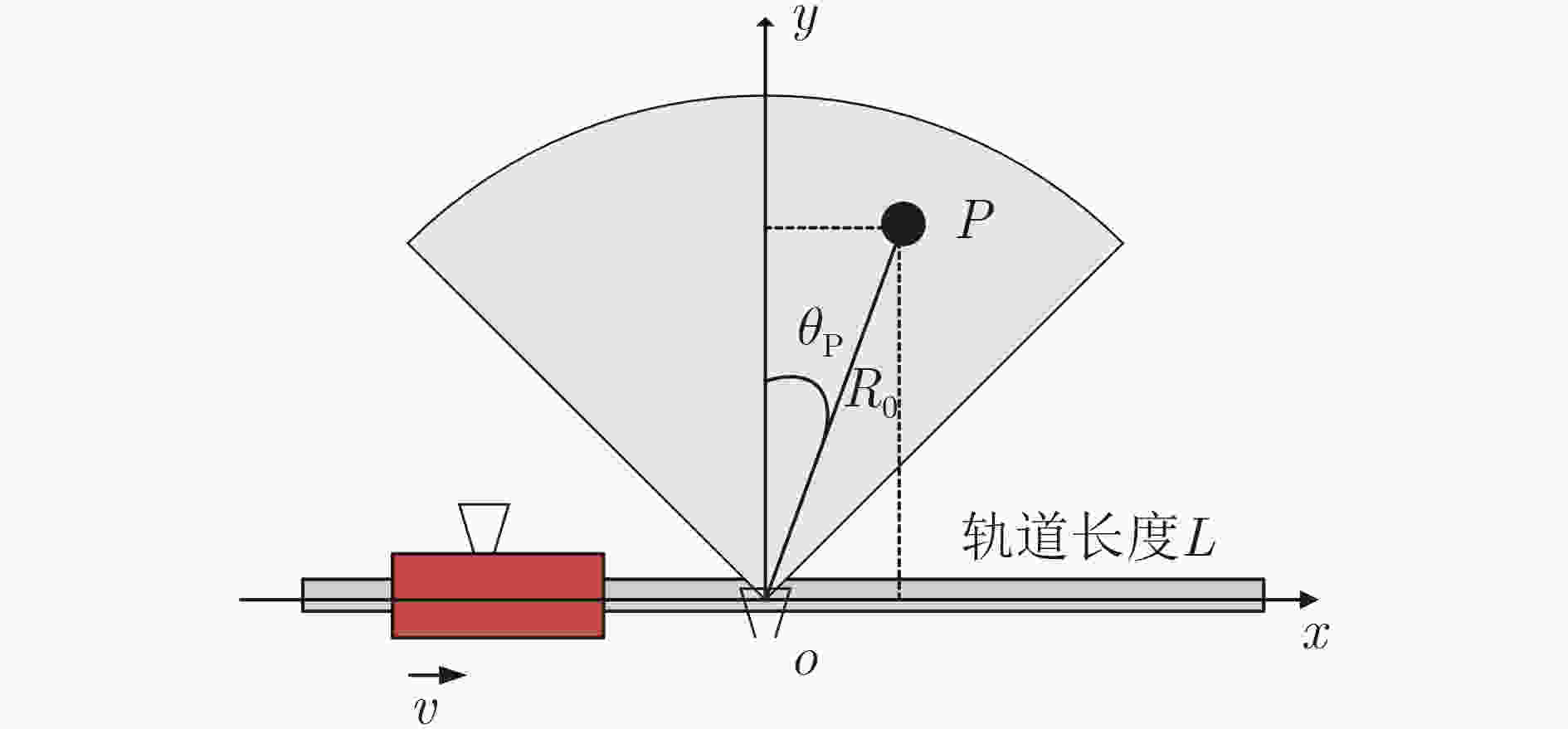
 下载:
下载:

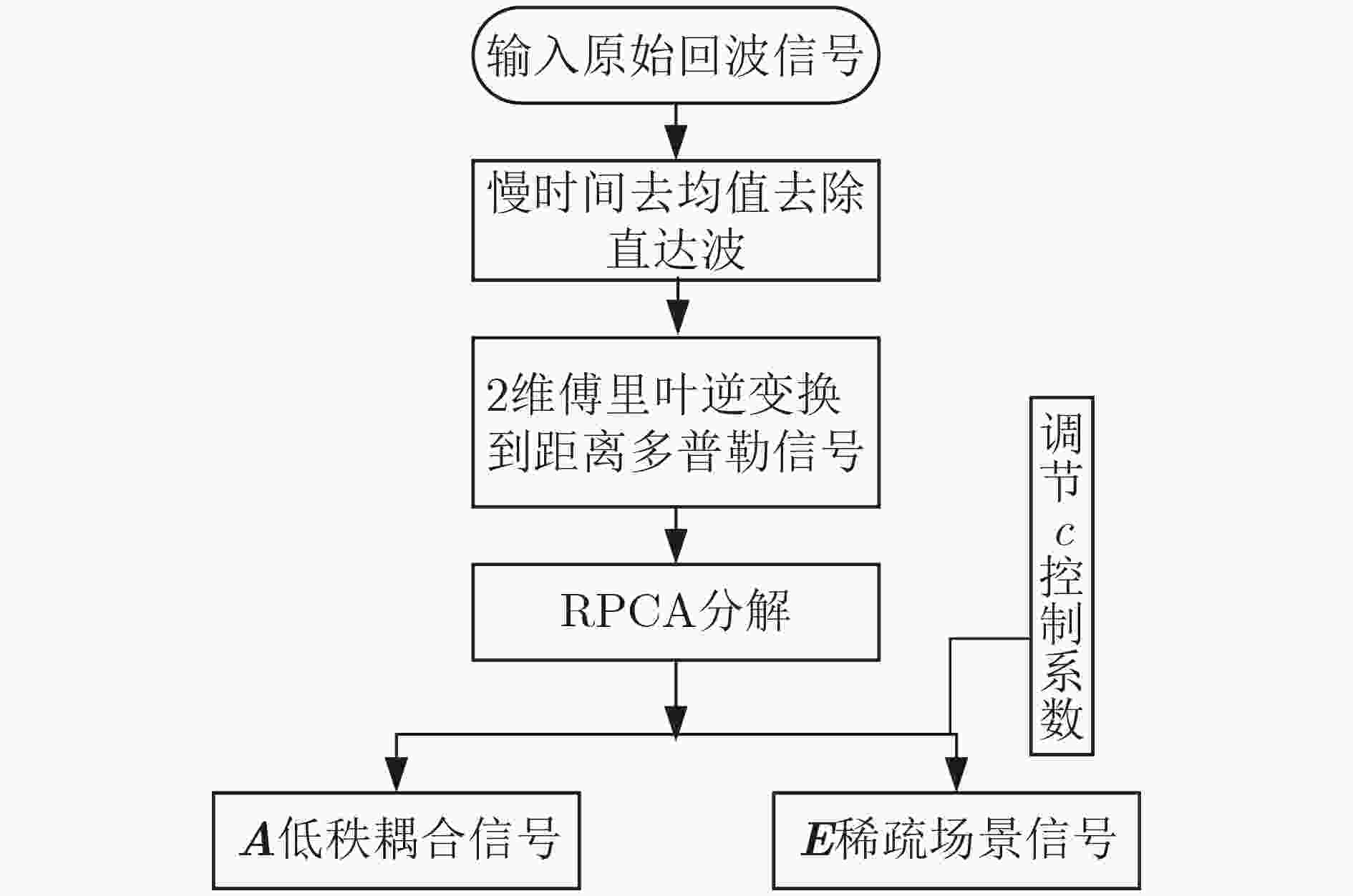
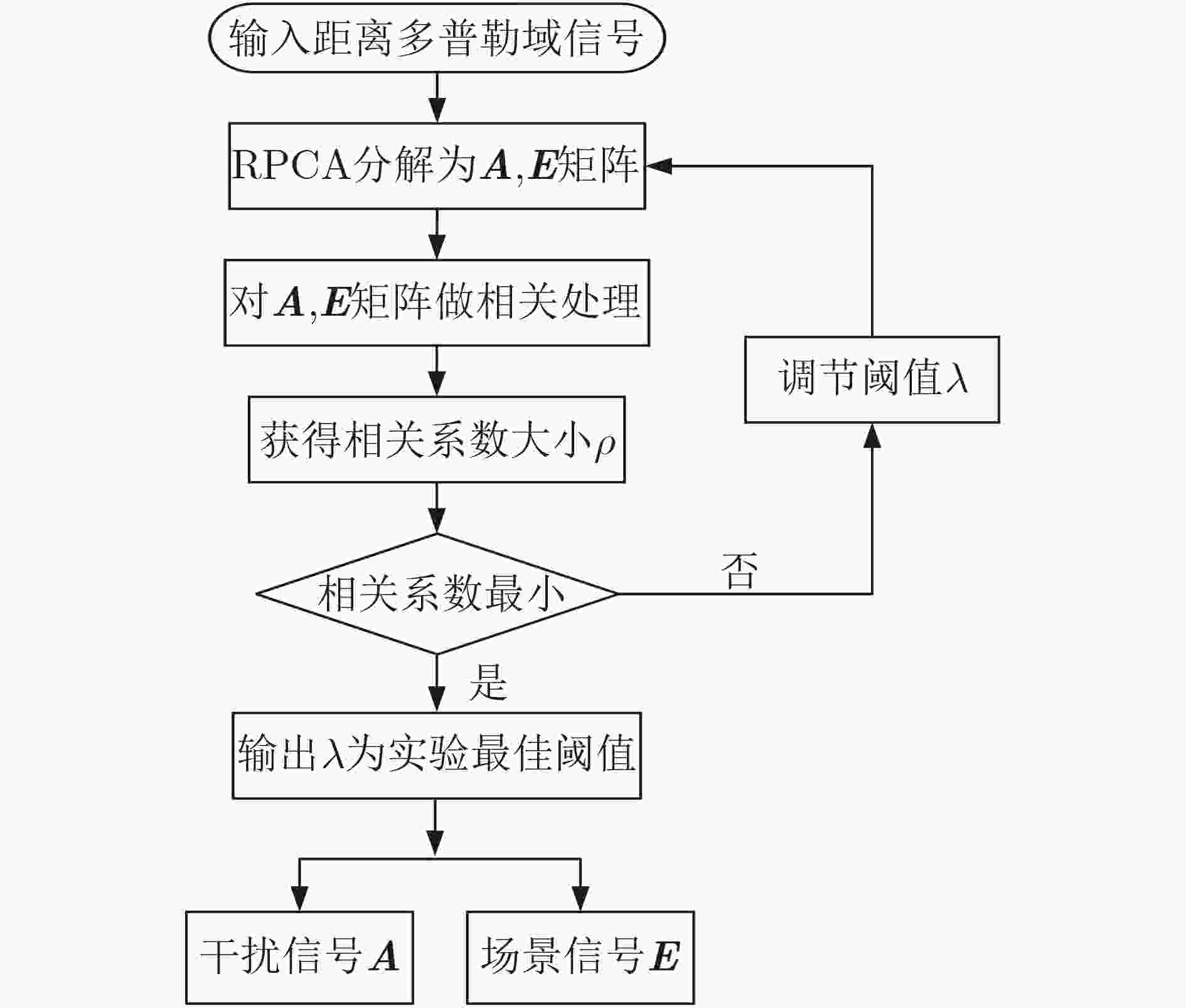
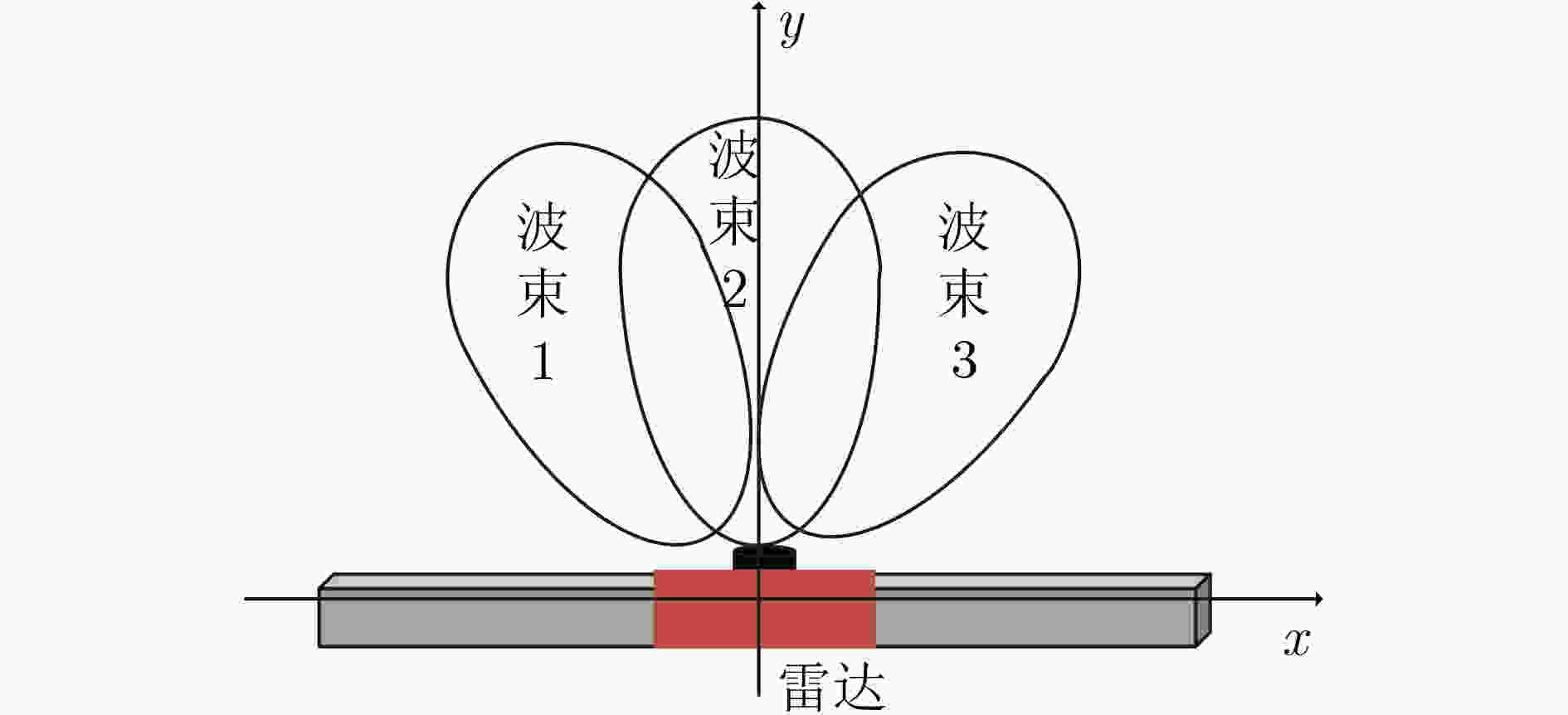
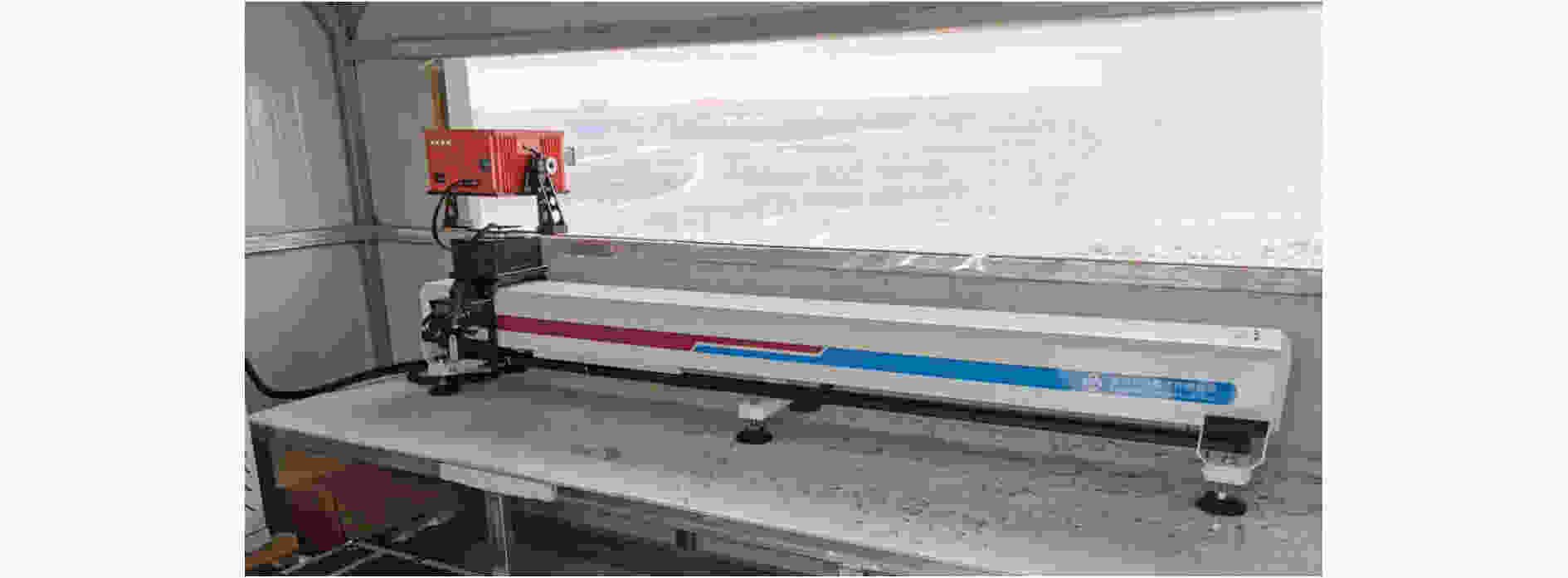
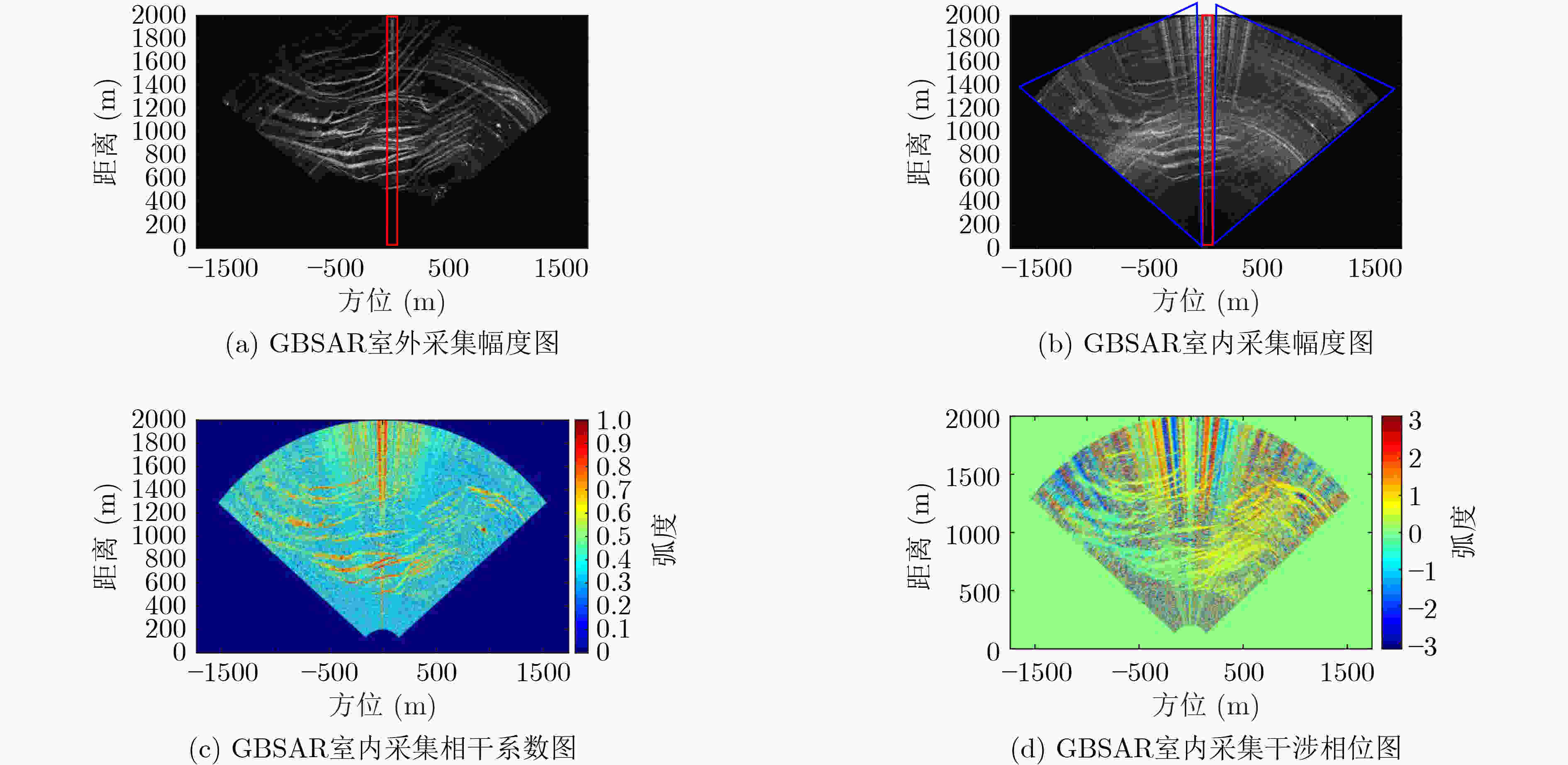


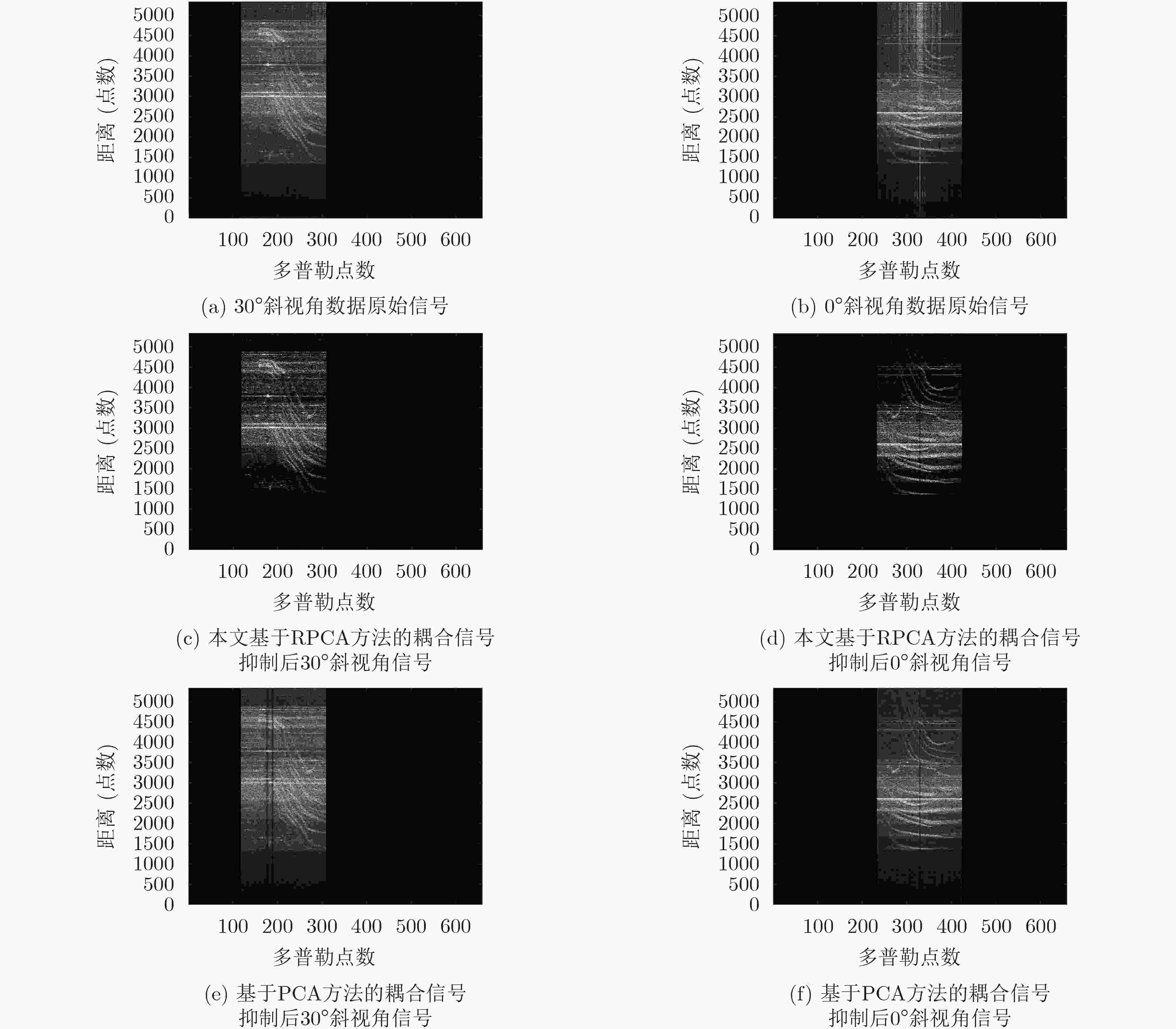
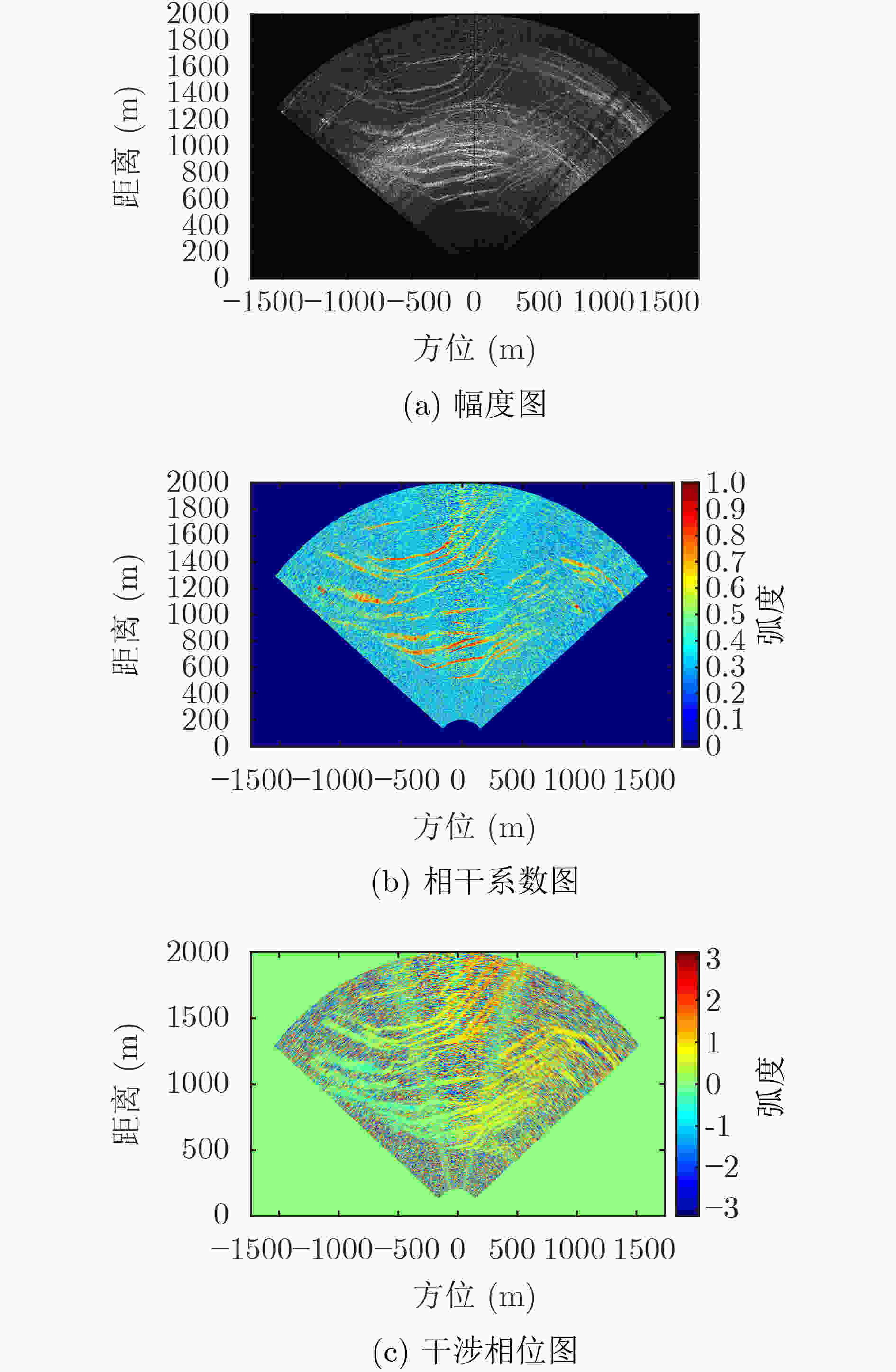
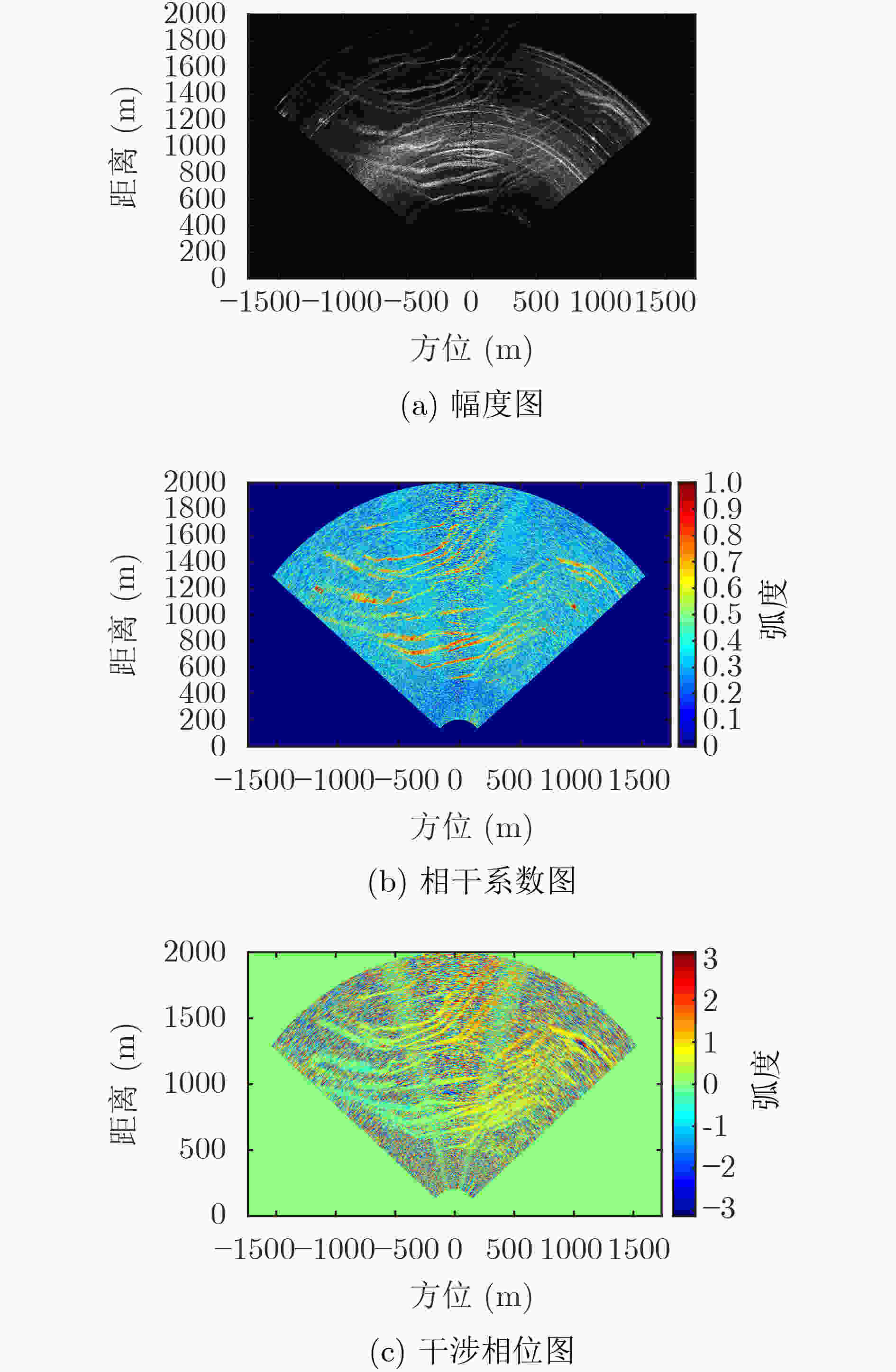


 下载:
下载:
